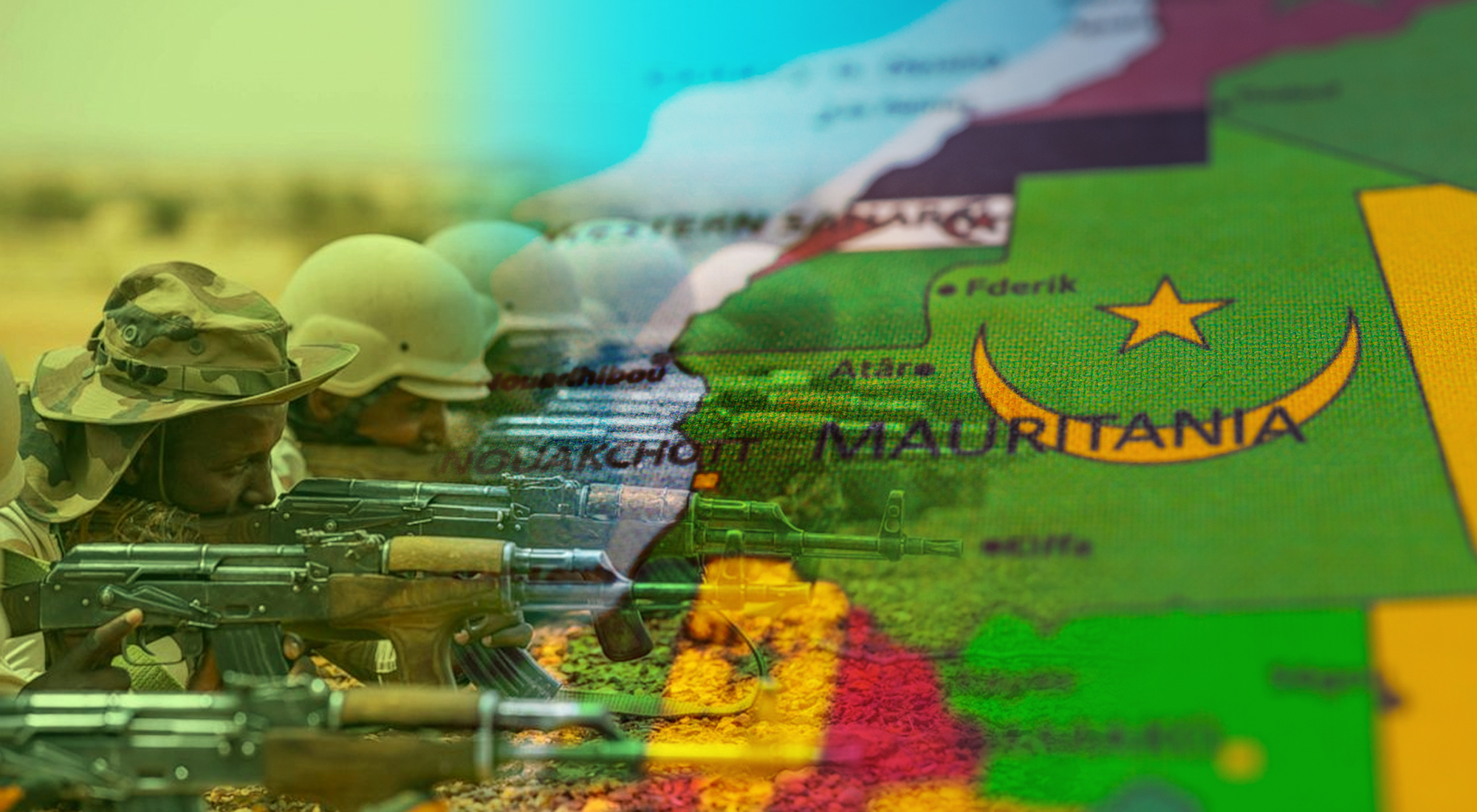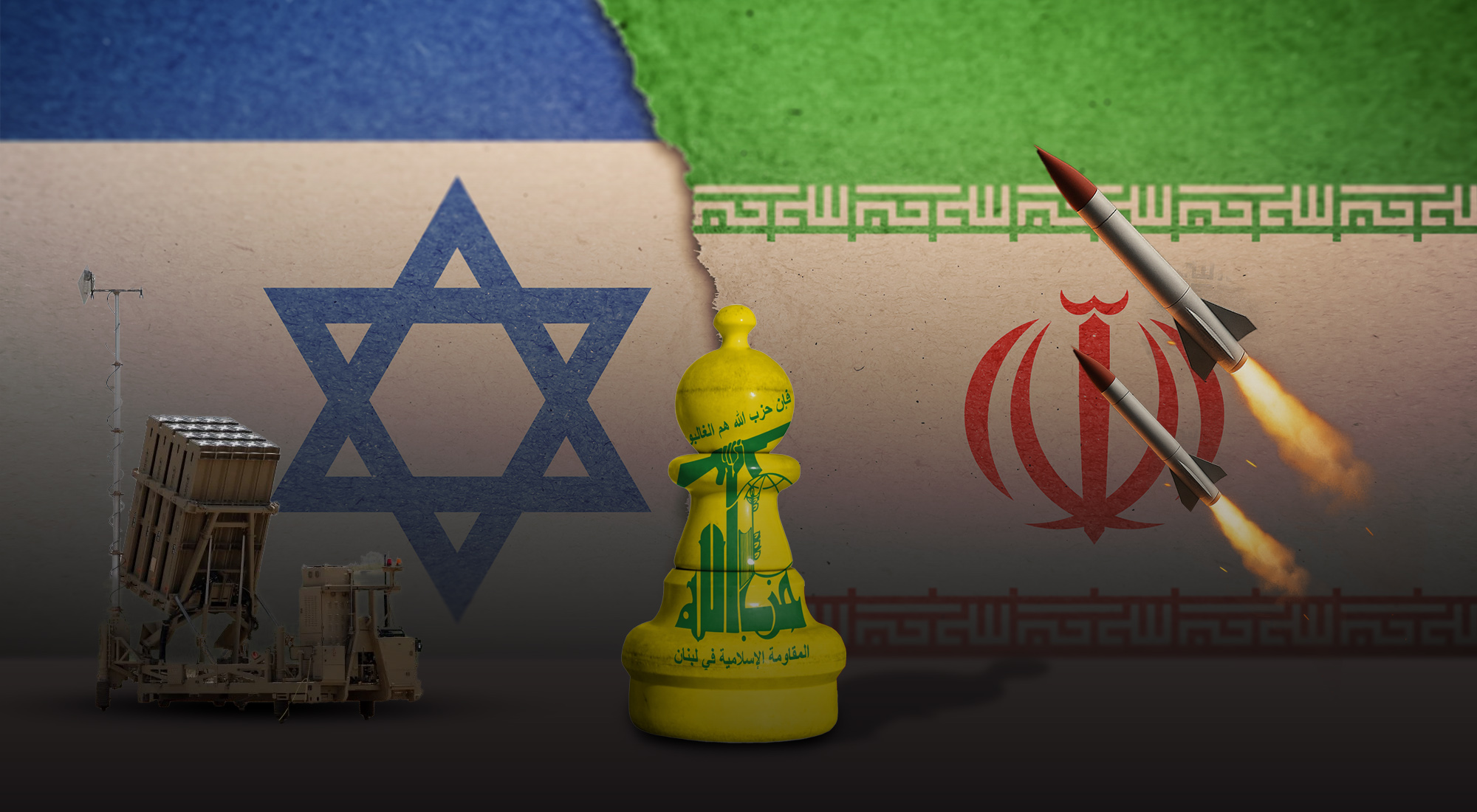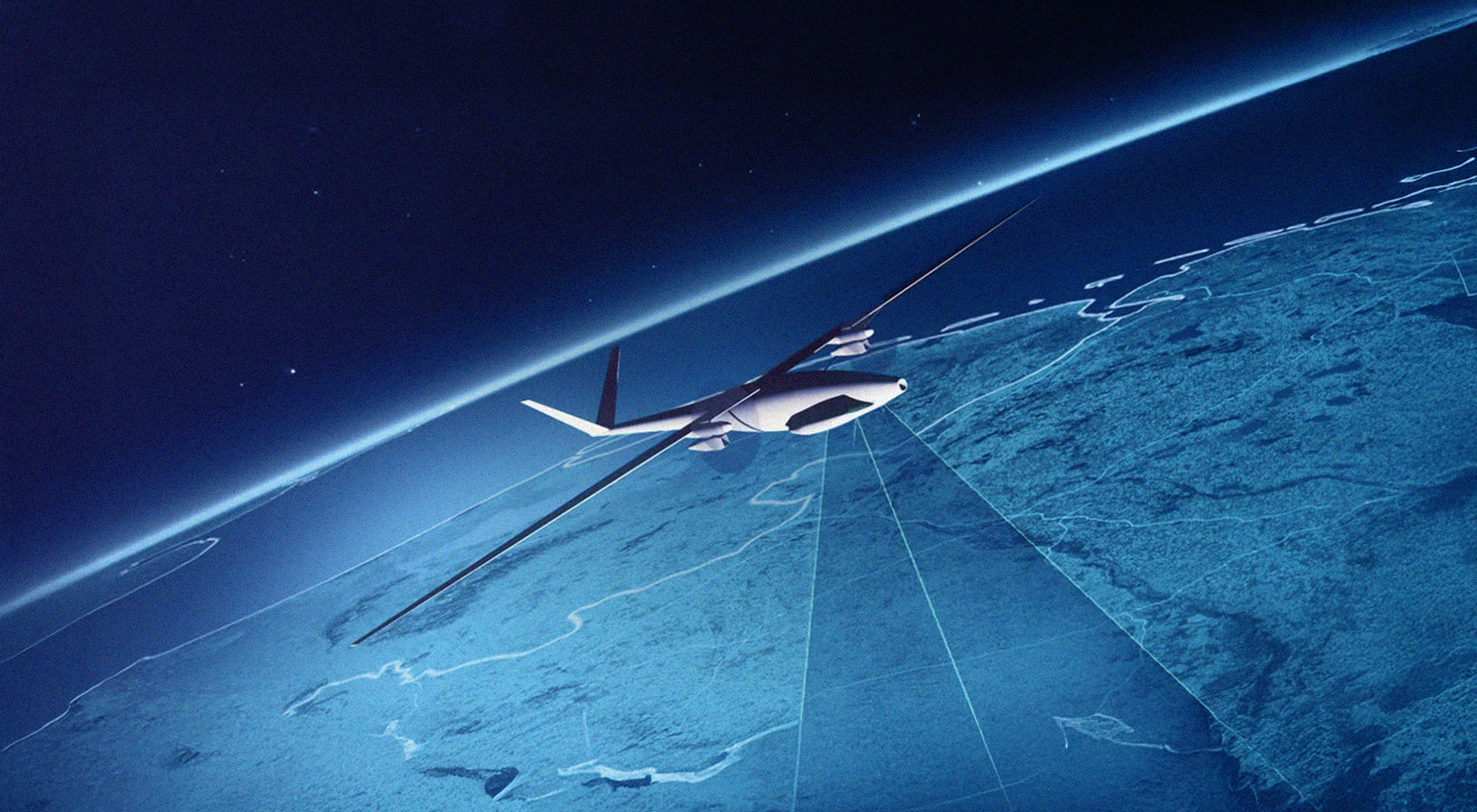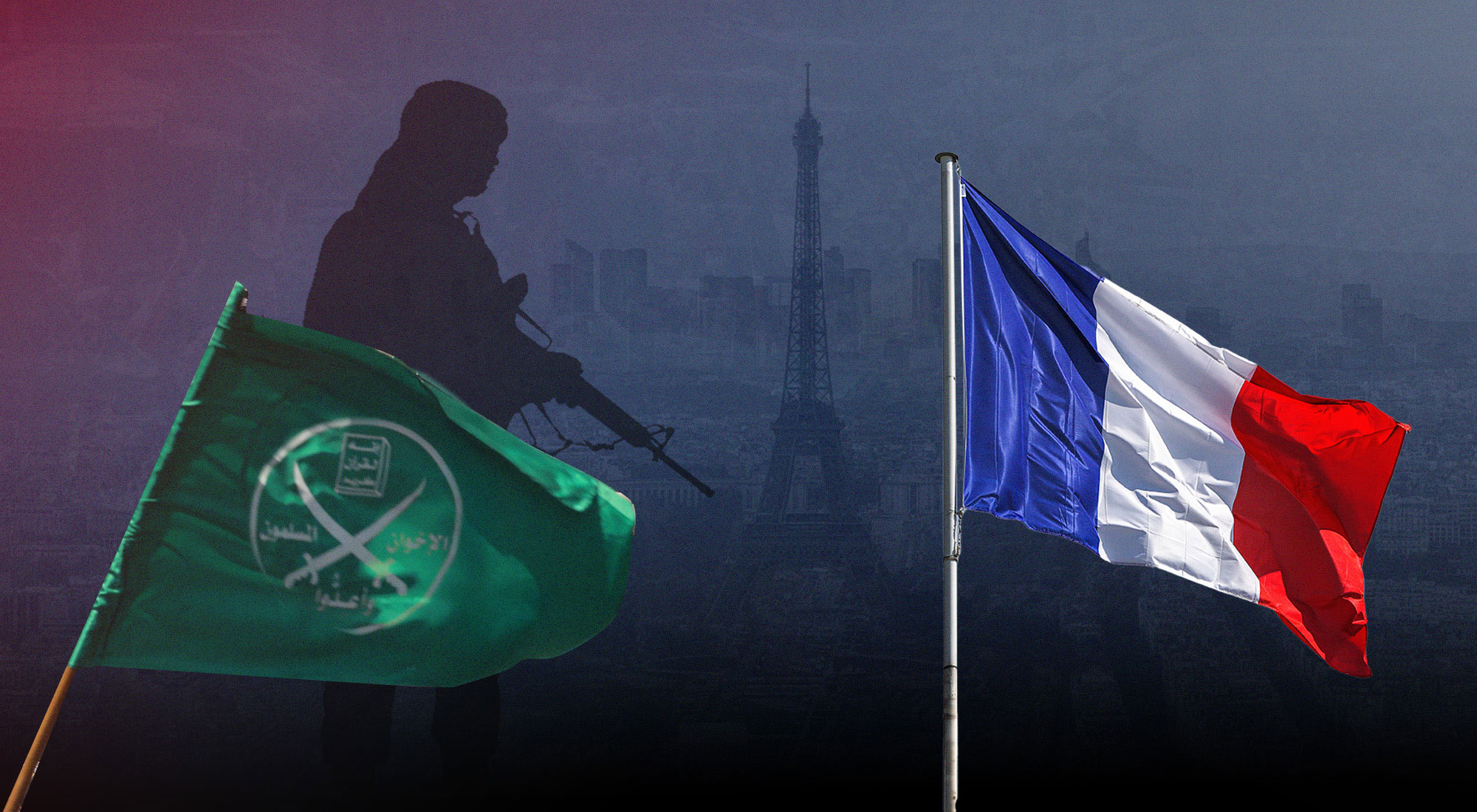Today’s news reports from the Sahel region mainly depict a grim landscape. In the past two years, Mali and Burkina Faso have experienced multiple military coups. Amid France’s troubles with the new regimes, President Macron announced last November the end of its operation Barkhane, launched in 2014. Meanwhile, the G5 Sahel – the organization formed in 2014 to foster a local security architecture among five countries[1] – seems unable to rise to the numerous challenges it faces. In light of all these worrying developments, one could easily miss one of the few success stories in the Sahelian fight against terrorism, namely the experience of Mauritania.
For more than a decade, the small and underdeveloped country of Mauritania has been able to keep terrorist attacks at bay. In contrast to the events in its vicinity – the country shares borders with Senegal, Algeria, Mali, and Morocco’s Western Sahara – the stability of Mauritania can be puzzling. It sometimes fed rumours that the government may have negotiated some kind of a secret non-aggression pact with terrorist organizations.[2] But those theories have never been proven. Admittedly, after the assassination of Oussama Ben Laden, the US government found documents that suggested Mauritania’s government might have considered a one-year truce with Al Qaeda in exchange for a 20 million euro transfer, but this was immediately rejected by Nouakchott. Moreover, the American assessments eventually remained inconclusive on the outcome of the alleged agreement.[3]
Putting aside the rumours, such deals could not fully explain the situation in Mauritania for the past ten years. In the past, other Sahelian countries such as Burkina Faso had openly engaged in negotiations with armed groups, but that did not prevent them from suffering repeated attacks. Rather, the answer to the Mauritanian peaceful enigma can be found in the ambitious security reform launched by the country in the late 2000s.
Counterterrorism turn in Mauritania’s military strategy
Mauritania’s counterterrorism strategy has been coined a “multidimensional” approach involving a myriad of initiatives in the judiciary domain as well as in the military field.[4] But to understand the stakes, we need to go back in history. By the end of the 2000s, Mauritania was nothing but a safe country. However, around 2007, al Qaeda in the Islamic Maghreb (AQIM) ramped up its attacks. In December 2007, a family of four French tourists were killed by gunmen armed with assault rifles in the south-eastern city of Aleg.[5] A month later, the Israeli Embassy in Nouakchott was attacked.[6] In February 2011, simultaneous attacks targeted the ministry of defense and the French Embassy in the center of Nouakchott.
The steady escalation was not boding well for Mauritania. At around the same time, neighbouring Mali was also facing a crisis with insurgents taking control of the north and eyeing towards the capital city of Bamako. This certainly acted as a wake-up call for Mauritania. In April 2012, it released a 20-page document “La Mauritanie face au défi terroriste” that articulated a new strategy based on three pillars: the adaptation of the judiciary system, the modernization of the armed forces, and the strengthening of the state authority across the territory.[7] Ten years later, most of the policies are still derived from that strategic document.
At the military level, the most consequential innovation was the creation of Special Intervention Groups (groupements spéciaux d’intervention). This reform predated the 2012 strategy as it was designed by Mauritania’s military staff in 2008. Prior to that, the national armed forces operated in large and rather static formations, ill-prepared for counterterrorism or counterinsurgency campaigns. These new units, on the other hand, were designed to be small (composed altogether of approximately 250 soldiers), autonomous, and able to swiftly maneuver across the desert. Each group is composed of about 40 pickup trucks with 4 soldiers onboard. They are primarily tasked with securing the borders with Algeria and Mali and constitute a human “Maginot Line” – to use the expression of a foreign observer in Nouakchott – able to prevent cross-border attacks from terrorist organizations.[8] Initially, only three of these groups were created but by 2018 the number increased to eight.
The military effectiveness of those units depends also on their ability to mobilize air support when confronted with armed groups. This involved a significant investment in the Air Force. In this domain, due to the limited resources, Mauritania had to rely on external partners: France provided three Tucano light attack aircraft and the US delivered modified DC-3 aircraft for ISR missions.[9] Most recently, Mauritania received two CASA transport aircraft from the UAE.[10]
Meanwhile, the Mauritanian National Guard has been trained to perform law enforcement – rather than warfighting – missions. This reflects the priorities assigned by a counter-insurgency strategy that centers on the population, rather than solely on the kinetic fight against the armed groups. Here, a fascinating case of military innovation was the reintroduction of the so-called Méharistes Forces. A component of the Mauritanian National Guard, the Méharistes involve soldiers patrolling remote areas on camels. Initially created during the colonial era by the French army, the Méharistes could at first look like an anachronic cavalry unit for the twenty-first century, but they have been playing a significant role in intelligence collection as well as in representing state authority in rural areas. Indeed, given their extensive experience in the desert environment, the Méharistes can operate in regions where state entities are hardly present. In the south-eastern regions of Mauritania, villages can be extremely isolated, with no public infrastructures for hundreds of kilometers.
This is all the more important because underdeveloped rural areas have been a privileged target of the insurgents and terrorists in the Sahel. This is the case of Liptako Gourma, the region at the intersection between Niger, Burkina Faso and Mali, which has been the epicenter of the security crisis. There, armed groups have been able to recruit among impoverished communities that feel abandoned by the big cities and the central authorities. In this context, Mauritania’s Méharistes have played a crucial role in tackling this issue. Their mission has proved so appealing that an academy has been opened to train about 100 Méharistes per year, which receives funding from the European Union.[11]
Centrality of foreign partnerships
Most of Mauritania’s military reforms rely on the country’s international partnerships. With a GDP estimated at 9.16 billion dollars, Mauritania is among the poorest countries in the world. Its defense budget for 2021 amounted to 212 million dollars – which represents roughly 0.026% of the US annual military expenditures. Its troops include altogether 15,850 men, which is about the same as a country like Qatar, except that Mauritania’s territory is 89 times bigger than Qatar.[12] As a result, it critically needs foreign support to adapt its armed forces to the terrorist challenge.
Historically, its closest partner remains France, whose military has been involved in the training of Mauritanian officers and to a lesser extent of its non-commissioned officers (NCOs), and most recently with the development of Mauritania’s special operation forces. As of 2022, France detached seven officers to the Mauritanian armed forces to support reforms.
The US also provides support that started through the Pan-Sahel Initiative, launched in the aftermath of the 9/11 attacks to focus on counterterrorism cooperation with four countries (Mali, Niger, Chad, and Mauritania). Since then, the program has been renamed the Trans-Sahara Counterterrorism Partnership and its objectives include “improving basic infantry and special forces skills [as well as] increasing communications and logistics capabilities.”[13] Most of the bilateral activities are supervised by the US Africa Command (AFRICOM) headquartered in Germany, and involve the deployment of mobile training teams. In recent years, the US has also provided training support for Mauritania Special Operations Forces.[14] Meanwhile, Mauritania is participating in the multinational Flintlock exercises designed by AFRICOM to strengthen African counterterrorism capabilities.
Mauritania is also a partner of NATO through the Mediterranean Dialogue created in 2004, a framework that enables its officers to benefit from training and education programs provided by the NATO School in Germany and the NATO Defense College in Italy. The NATO Defence Education Enhancement Programme has also provided support to the Mauritanian professional military education system.[15]
Well aware of its budgetary constraints, Mauritania has also positioned itself as a central node of the G5-Sahel, which could enable it to benefit from international support provided to the new regional body. The G5-Sahel Defense College, which is located in Nouakchott and provides education to senior officers from the five countries, receives support from several European countries (France, Germany, Italy) as well as from Arab countries (Saudi Arabia, the UAE, Egypt).[16]
Challenge of sustaining the modernization efforts
When Mauritanian officers talk of the success of their counterterrorism strategy, there is undoubtedly an element of national pride at play. But that pride is self-restrained and balanced by caution. “It worked until now,” emphasized one army colonel, well aware that all successes on the Sahelian battlefield can swiftly disappear in front of unexpected attacks.[17] Due to its geography and its limited resources, Mauritania’s future highly depends on external factors.
The lingering instability in Mali constitutes its most immediate challenge. First, it has created a humanitarian crisis, with more than 8,000 Malians leaving for Mauritania in 2022 alone, according to UN estimates.[18] Then there is the diplomatic issue. The two successive military coups in Bamako (in 2020 and 2021) have led the African country to a major U-turn in its foreign policy. The leader of the junta there, Assimi Goïta, blamed Paris for the insecurity in the country and, in the first half of 2022, ordered French armed forces out of the country. Since then, they have been replaced by contractors of Russia’s Wagner Group.[19] In light of the coup, the Economic Community of West African States (ECOWAS) announced sanctions against Bamako and called for a return to democracy. Sanctions were eventually lifted last July when Goïta promised new elections by February 2024.[20] But Mali also announced last May its withdrawal from the G5 Sahel. This constitutes a major blow for the young regional entity, putting at risk the precious (though limited) achievements made in interoperability between the armed forces of the five countries. For Nouakchott, the regional isolation of Mali is not just a matter for diplomats; it has made cooperation between national militaries at the border more difficult, especially as terrorist organizations see the ongoing bickering in capital cities as an opportunity to seize.
Terrorist attacks might not have happened on Mauritania’s soil for a decade, but it does not mean that there has been no Jihadi activity. Over the years, a significant number of Mauritanian fighters joined the ranks of local organizations and there has been speculation – again, difficult to substantiate – that they used the territory to plan for operations.[21] Among the most important groups targeting Mauritania is Katiba Macina. It was founded in 2015 in central Mali by a Fulani preacher, Amadou Koufa. Estimates on its manpower vary between 100 and 200 combatants. The organization calls for the reestablishment of “the Islamic Macina Republic” that historically governed the region in the 17th century – including southern Mauritania.[22] Analysts assess that with the degradation of the security situation in Mali, Katiba Macina may push for an offensive on its claimed areas inside Mauritania.[23]
Meanwhile, the reform of the Mauritanian armed forces finds itself at a crossroads. Achievements made in the last decade need to be carried on and training has to be shored up to sustain the readiness of personnel. According to Western military observers, this is not even the biggest challenge: that would be ensuring that troops have the necessary resources. In past years, Mauritania’s military capabilities have suffered from limited investment in maintenance, repair and overhaul. This means, for instance, that the Special Intervention Groups do not have all the means to fulfil their mission. For a whole year, Mauritania’s Air Force was concretely unable to provide any close air support.[24] Fortunately, this did not end up in a tragedy during that period, but the key to the operational success of units like the Special Intervention Groups is to preserve the combination of mobility on the ground with air capabilities, providing fire cover and reconnaissance. Without the ability to ensure those functions, Mauritanian soldiers could quickly find themselves overwhelmed or outflanked by armed groups. As summed up by a foreign official: “We are reaching the end of a model that needs to be updated.”[25]
To update that model, Nouakchott will need to secure the future financial and operational support of its Western allies. As mentioned earlier, most of the major initiatives, from the Special Intervention Groups to the Méharistes Forces, rely on external funding. But the current context in Western capitals is hardly conducive to the prolongation of those commitments. The US remains a reluctant partner: as Washington eyes toward the great power competition in the Indo-Pacific and sees the war on terror as a chapter from the past, with the Sahel being only very briefly (and vaguely) mentioned once in the latest National Security Strategy.[26]
Meanwhile, France is going (yet again) through a soul-searching moment for its Africa policy. Now that President Macron has announced the termination of operation Barkhane, the government in Paris is expected to review its military commitments to West Africa in the first half of 2023.[27] French officials are careful not to suggest that the country will leave its local partners. But the bitter end of operation Barkhane coincided with the Ukraine war that led France to deploy 800 soldiers to Romania as part of a NATO mission to protect its eastern flank. This combination complicates the ability – and willingness – of Paris to stay the course in the Sahel.
This does not mean that Mauritania is doomed to face a resurging terrorist threat alone. For the time being, Western governments are fully aware of the need to support one of the few successes there have been in the Sahelian fight against terrorism. For sure, Mauritania is not the perfect case study: the country suffers from its own social and economic flaws and its military reforms cannot merely be duplicated elsewhere. But its ability to curb the tide against terrorist attacks can act as a powerful narrative at the regional level. Sustaining the country’s ongoing efforts could also provide an opportunity to initiate a new Western approach in the Sahel. For the Europeans and the Americans, investing in successful local reforms could prove much more profitable than stationing thousands of their own troops for an indefinite period.
References
[1] Mauritania, Mali, Burkina Faso, Niger, and Chad.
[2] Hassane Koné, “Comment la Mauritanie échappe-t-elle aux attentats terroristes?” ISS Africa, December 6, 2019, http://bitly.ws/xuYb.
[3] “La Mauritanie a-t-elle conclu un pacte de non-agression avec Aqmi?” Radio France Internationale, March 2, 2016, http://bitly.ws/xuYj.
[4] Mokhtar Ould Boye and Charles Michel, Victoire dans les dunes (Paris: L’Harmattan, 2020).
[5] Ibrahima Sylla, “Gunmen Kill Four French Tourists in Mauritania: Police,” Reuters, December 24, 2007, http://bitly.ws/xuYz.
[6] Mauritania recognized Israel in 1999 and diplomatic ties were then established. However, they were frozen in the aftermath of Israel’s operation Cast Lead against Hamas in 2008.
[7] Ministère des Affaires Etrangères et de la Coopération, La Mauritanie face au défi terroriste:De la Stratégie Nationale de Lutte contre le Terrorisme et la Criminalité Transnationale, April 2012, http://bitly.ws/xuZc.
[8] Interview with the author in Nouakchott, 25 November. The Maginot Line was a defensive line composed of fortifications and obstacles built by the French government in the 1930s along its border with Germany
[9] “Mauritania goes for second Basler,” Times Aerospace, March 15, 2019, http://bitly.ws/xuZH.
[10] Patrick Kenyette, “Air Force of Mauritania Receives CASA CN-235M Transport Aircraft from UAE,” Military Africa, May 25, 2019, http://bitly.ws/xv2k.
[11] Paul Lorgerie, “Mauritanie: une école pour former les soldats méharistes,” DW, March 11, 2022, http://bitly.ws/xv2x.
[12] International Institute for Strategic Studies, The Military Balance 2022 (London: Routledge, 2022): p.357.
[13] Lesley Anne Warner, “The Trans Sahara Counter Terrorism Partnership: Building Partner Capacity to Counter Terrorism and Violent Extremism,” Center for Complex Operations, March 2014, p.37, http://bitly.ws/xv2N.
[14] United States Africa Command, “U.S. Special Operations Forces Train Alongside Partners in Mauritania,” November 10, 2021, http://bitly.ws/xv2Y.
[15] NATO, “Support for Reform of Professional Military Education in Mauritania,” Press Release, February 23, 2017, http://bitly.ws/xv3a.
[16] Jean-Loup Samaan, “The Sahelization of Military Education in Mauritania,” Tawazun, January 4, 2021, http://bitly.ws/xv3t.
[17] Informal exchanges with the author, Nouakchott, November 2022.
[18] “Plusieurs milliers de réfugiés maliens affluent en Mauritanie,” Africa News, August 25, 2022, http://bitly.ws/xv3D.
[19] Catrina Doxsee, “Tracking the Arrival of Russia’s Wagner Group in Mali,” Center for Strategic and International Studies, February 2, 2022, http://bitly.ws/xv3K.
[20] Paul Melly, “Mali Coup: How Junta Got Ecowas Economic Sanctions Lifted,” BBC, July 6, 2022, http://bitly.ws/xv3U.
[21] Geoff D. Porter, “The Renewed Jihadi Terror Threat to Mauritania,” CTC Sentinel 11, no.7 (2018), http://bitly.ws/xv4d.
[22] Pauline Le Roux, “Confronting Central Mali’s Extremist Threat,” Africa Center for Strategic Studies, February 22, 2019, http://bitly.ws/xv4k.
[23] Interview with the author, Nouakchott, 25 November 2022.
[24] Interview with the author, Nouakchott, 25 November 2022.
[25] Interview with the author, Nouakchott, 25 November 2022.
[26] The White House, National Security Strategy, October 12, 2022, http://bitly.ws/vG2C.
[27] “Macron Confirms End of Anti-jihadist West Africa Military Operation,” France 24, November 9, 2022. http://bitly.ws/xv4C,








